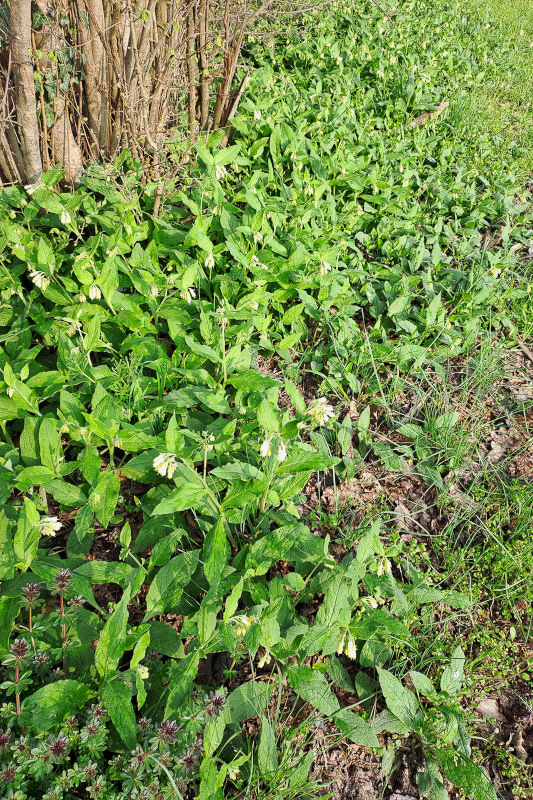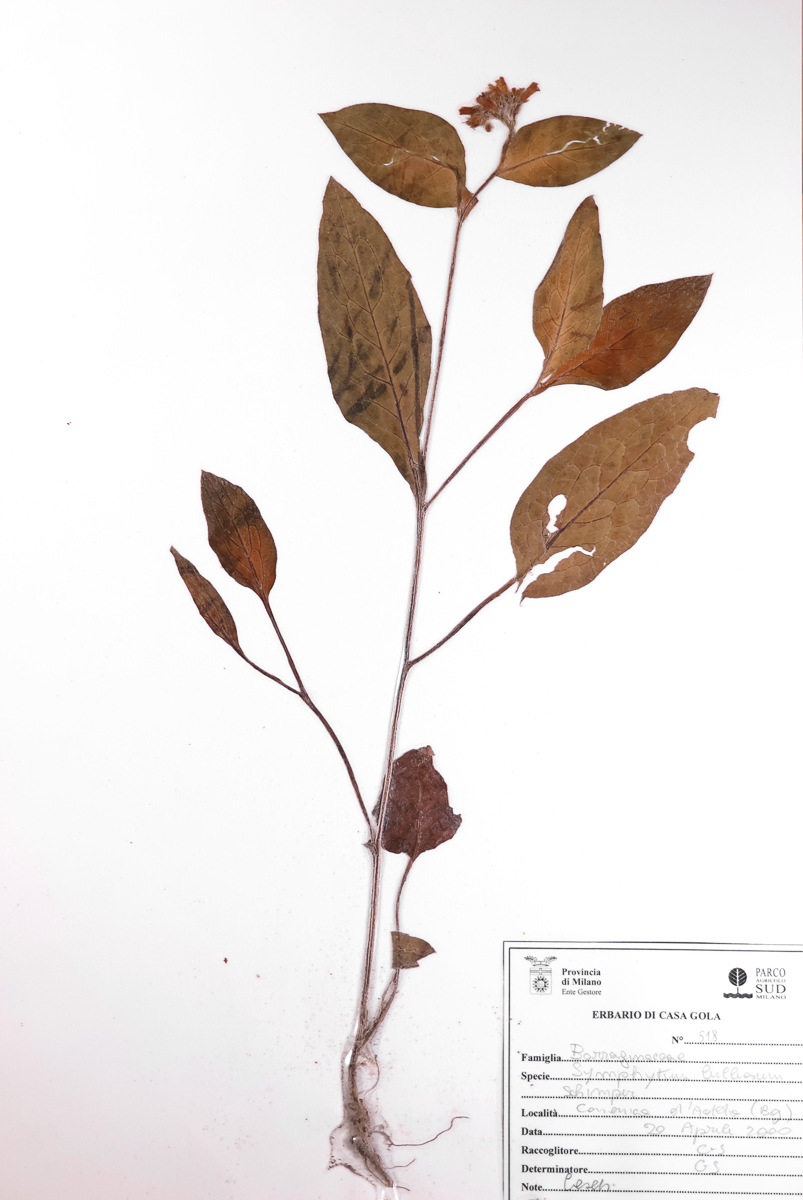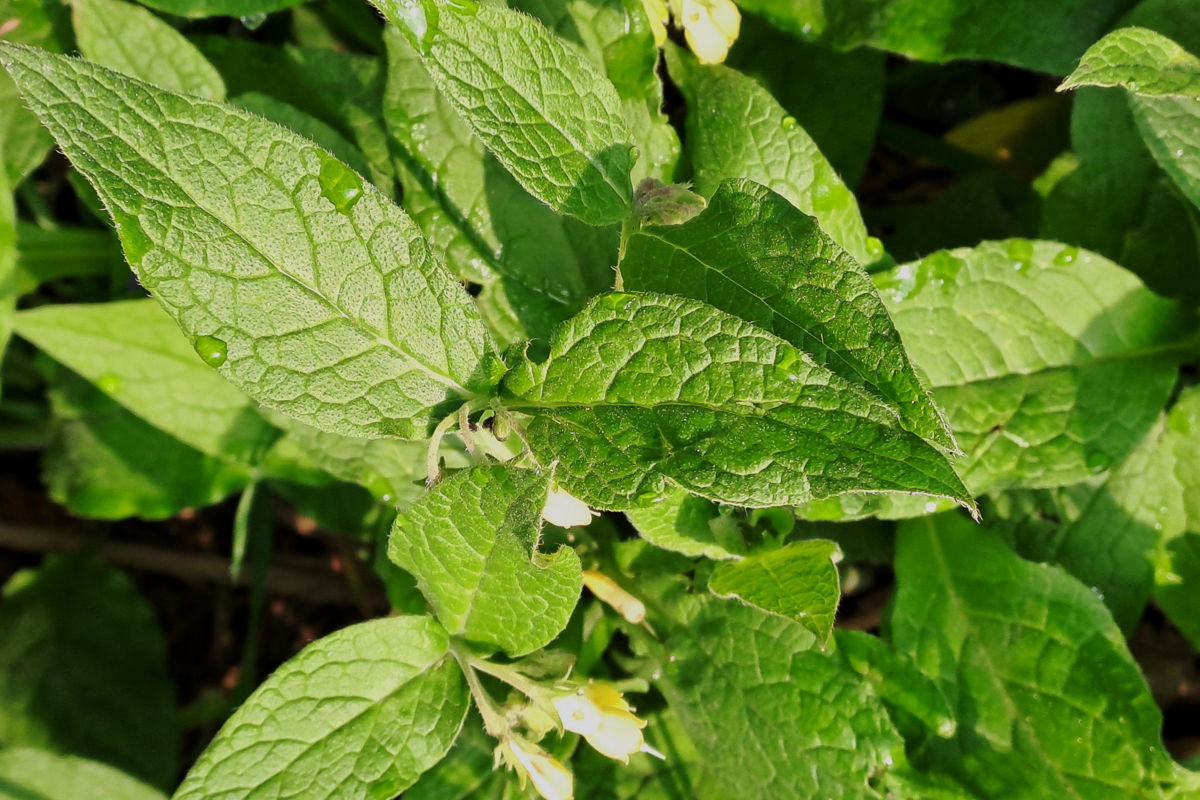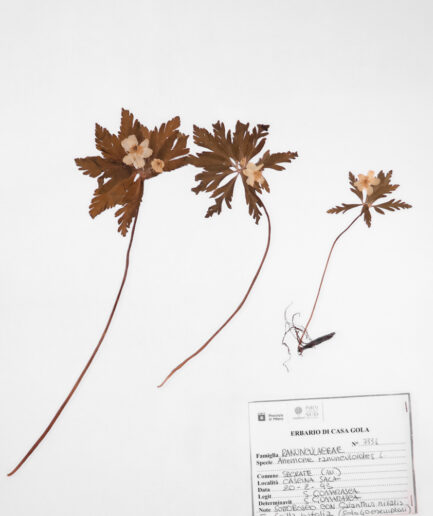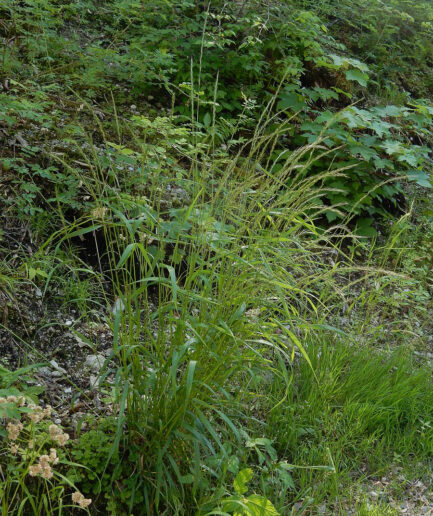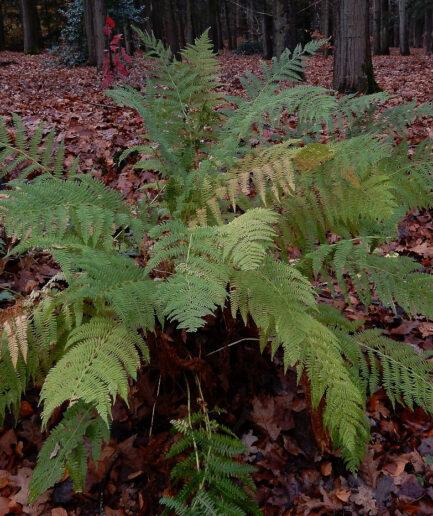Bulbous comfrey
Scientific name: Symphytum bulbosum K.F.Schimp.
Family: Boraginaceae
MORPHOLOGY
Growth habit and size: Perennial herb, 20-50 cm tall; secondary roots from a thin rhizome with spaced spherical tubers, similar to bulbs.
Stem: Erect stem with hairs up to 1.5-2 mm long.
Leaves: The lower leaves are ovate-lanceolate, acute, gradually alternate or abruptly contracted into a long petiole; the upper leaves are ovate, sessile, or slightly decurrent on the stem.
Flowers: Inflorescence on scant scorpioid cymes; calyx divided to the base into linear lobes; flowers with a yellow corolla (9-13 mm), sparsely hairy or glabrous, with triangular teeth; corolline scales are triangular-lanceolate, 6-8 mm, protruding beyond the corolla by 2-3 mm; stylum protruding well beyond the corolla. Blooms from February to April.
Fruits and seeds: The fruit is a microbasarium (tetranutlets) with (2)4 monospermous mericarps (nutlets), 3-4 mm, with a rough surface, greenish-brown when ripe, with a main ridge running through them lengthwise and other shorter secondary ridges.
DISTRIBUTION AND HABITAT
It grows throughout Italy except in the Aosta Valley, from sea level to 1,000 m. Found in deciduous forests, roadside, paths, hedges, and fallow land.
Photos: Kindly provided by Claudio Farinati.


